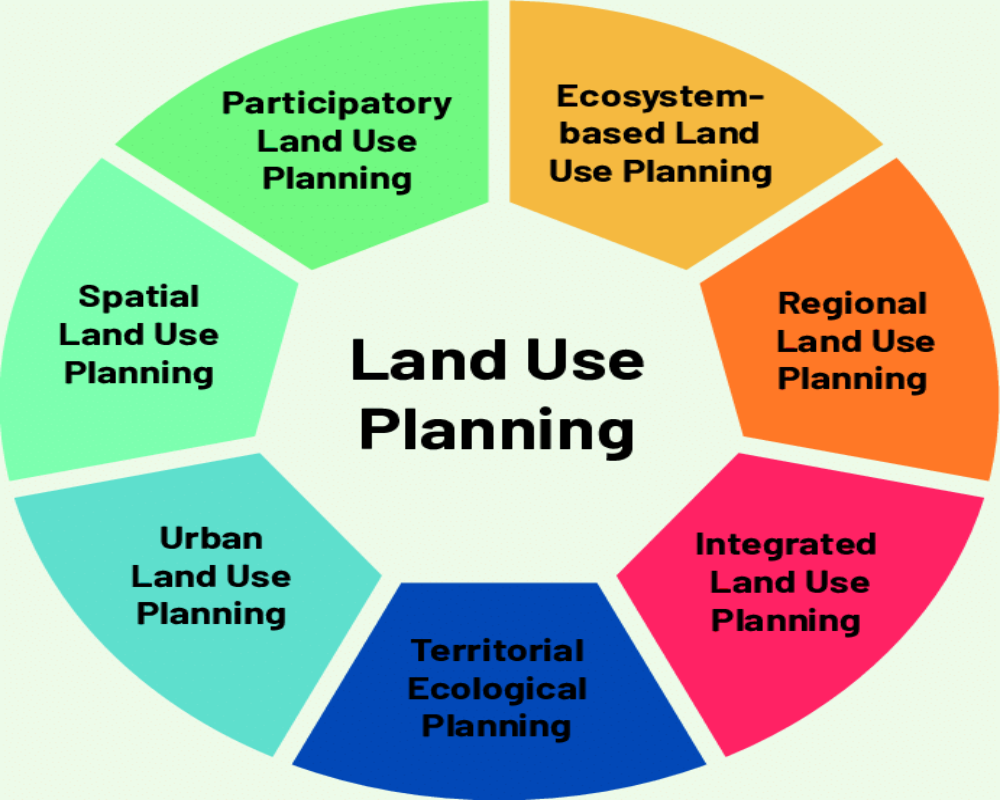Zoning Laws Affecting Industrial Land Use Planning
Introduction
Zoning laws are fundamental tools used by governments and planning authorities to regulate land use and ensure orderly development. In the context of industrial land, these laws define what activities can take place, the type of infrastructure required, and how the land must relate to surrounding uses. Understanding zoning laws is essential for industrial developers, investors, and local authorities aiming to align development with environmental standards, safety norms, and urban planning goals.
Classification of Industrial Zones
Industrial land is typically categorized into zones such as light, medium, and heavy industrial use. Each classification determines the permissible types of industries, based on their impact on the environment and surrounding land. Light industrial zones allow non-polluting activities such as assembly, warehousing, and logistics. Medium and heavy industrial zones accommodate more intensive operations like manufacturing, fabrication, and chemical processing, often requiring additional regulatory approvals.
Building Regulations and Site Layout Requirements
Zoning laws specify detailed construction guidelines to maintain functional and safe industrial zones. These include regulations on building height, minimum setbacks from plot boundaries, and the maximum permissible ground coverage. Floor area ratio (FAR) restrictions limit the total built-up area relative to the plot size. Such standards ensure adequate open space for movement, emergency access, and ventilation, contributing to a safer and more efficient industrial environment.
Infrastructure and Environmental Standards
To support sustainable development, zoning laws often require developers to provide certain infrastructure components and meet environmental benchmarks. Industrial plots must have provisions for internal roads, drainage, parking, green buffers, and access to utilities like electricity and water. In many cases, specific industries must obtain environmental clearances and adhere to pollution control guidelines before commencing operations, especially in zones near residential or eco-sensitive areas.
Buffer and Transition Areas
Zoning laws include the creation of buffer zones between industrial and non-industrial areas to reduce land use conflicts. These transition areas may include landscaping, green belts, or low-impact development zones that soften the interface between factories and nearby homes or commercial spaces. This planning measure helps minimize the impact of noise, emissions, and traffic from industrial activities on the surrounding community.
Approval Processes and Compliance Monitoring
All industrial development must align with zoning laws and pass through approval procedures conducted by local planning departments. This includes securing land use certificates, building permits, and compliance with master plans. Zoning regulations also empower authorities to monitor construction, enforce standards, and issue penalties for violations or unauthorized land use changes.
Conclusion
Zoning laws are critical to ensuring that industrial land is used efficiently, safely, and sustainably. By setting clear rules for land classification, construction, infrastructure, and environmental protection, these laws create a framework for balanced growth and long-term usability. For developers and investors, aligning with zoning requirements not only reduces legal risks but also enhances the economic and social viability of industrial projects. Understanding and adhering to these regulations is key to successful land use planning in any industrial corridor.
Hashtags
#ZoningLaws #IndustrialLandUse #LandUsePlanning #UrbanPlanning #CityZoning #IndustrialDevelopment #LandUseRegulations #ZoningRegulations #EconomicDevelopment #SustainableDevelopment #UrbanDevelopment #PlanningPolicy #LandUsePolicy #ZoningCompliance #IndustrialZoning #CommunityPlanning #SmartGrowth #RealEstateDevelopment #InfrastructurePlanning #LocalGovernment


